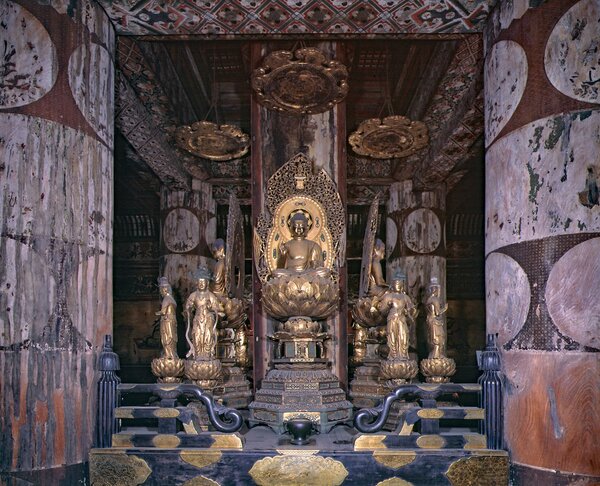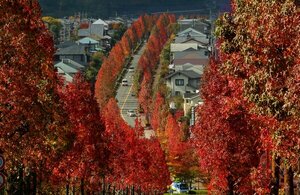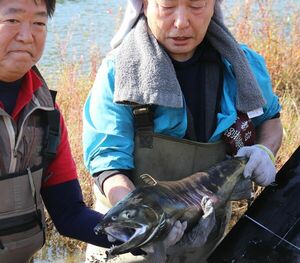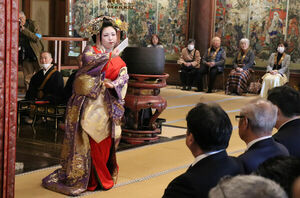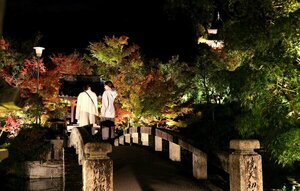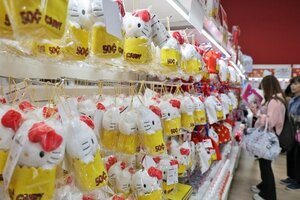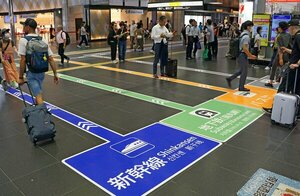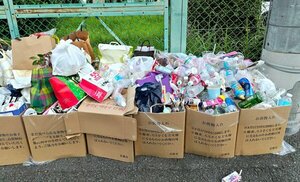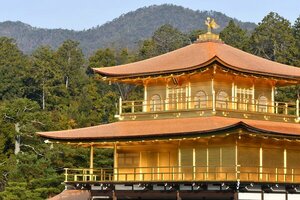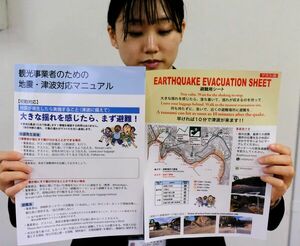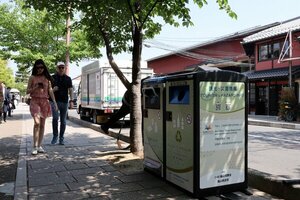The ''Spring Kyoto Special Opening of Non-Private Cultural Properties'' (sponsored by the Kyoto Ancient Culture Preservation Association), which opens cultural properties such as temples and shrines that are not normally seen, will be held from April 27, 2024 in Kyoto City, Yahata City, Kyoto Prefecture, and Ine Town, Kyoto Prefecture. It starts at 15 locations. At Shushin-in Temple (Yamashina Ward, Kyoto City), three important cultural property Buddhist statues that have been under repair will be stepped on together for the first time in four years, and Josho-ji Temple (Kita Ward, Kyoto City) and Hokoin Temple (Ukyo Ward, Kyoto City) will be participating for the first time.
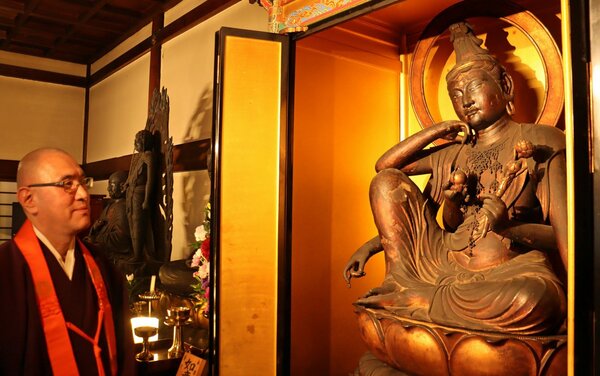
In March, the Buddhist sculptor Kaikei's ''Vajrasattva Seated Statue'' was returned to Zushin-in Temple after repairs, and the principal image ''Nyoirin Kanzeon Bodhisattva Seated Statue'' by another Keikei Buddhist sculptor, which had been repaired earlier, and the ''Seated Statue of Nyoirin Kanzeon Bodhisattva'' by Denjocho were also restored. "Seated Statue of Amida Nyorai" were displayed in the main hall. Hideo Kametani Monzeki says, ''I'm grateful that people can see the Buddha's expression, which has softened after the repairs.'' During this period, you can see all three statues up close.

Joshoji Temple has a deep connection with the second generation Yoshino Tayu, who was considered a rare geisha in Shimabara during the Edo period. You can see paintings depicting Tayu Yoshino and the shoji screens in the building where she lived with her husband, Shoseki Haiya, a wealthy merchant in the early Edo period.
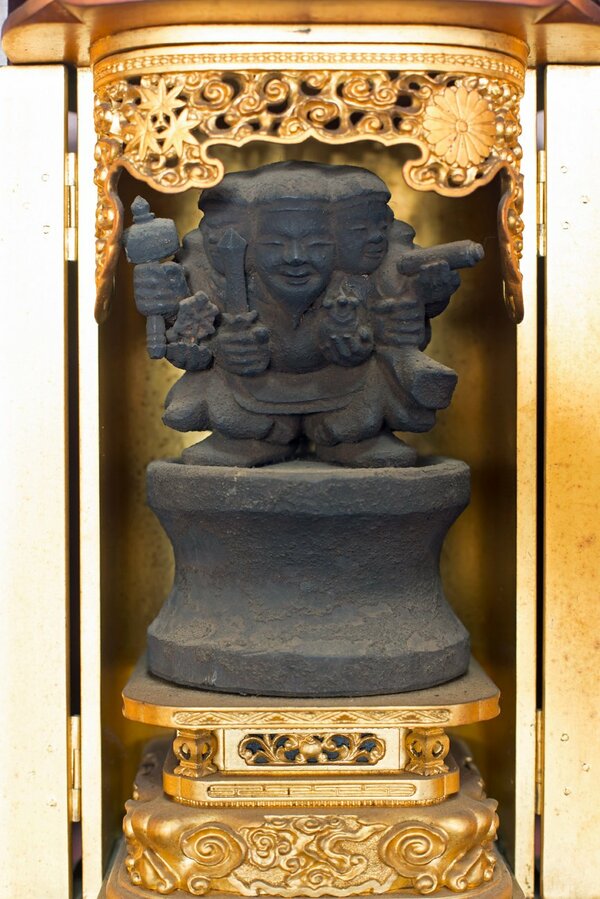
Hokyo-in is the burial site of Yoshiaki Ashikaga, the second shogun of the Muromachi shogunate, and others, and the interior of the study hall and tea room are open to the public. Shoin was once located in Gifu Prefecture and was the residence of Emperor Meiji, and there are fusuma paintings by Bunchu Tani, an artist from the end of the Edo period.
